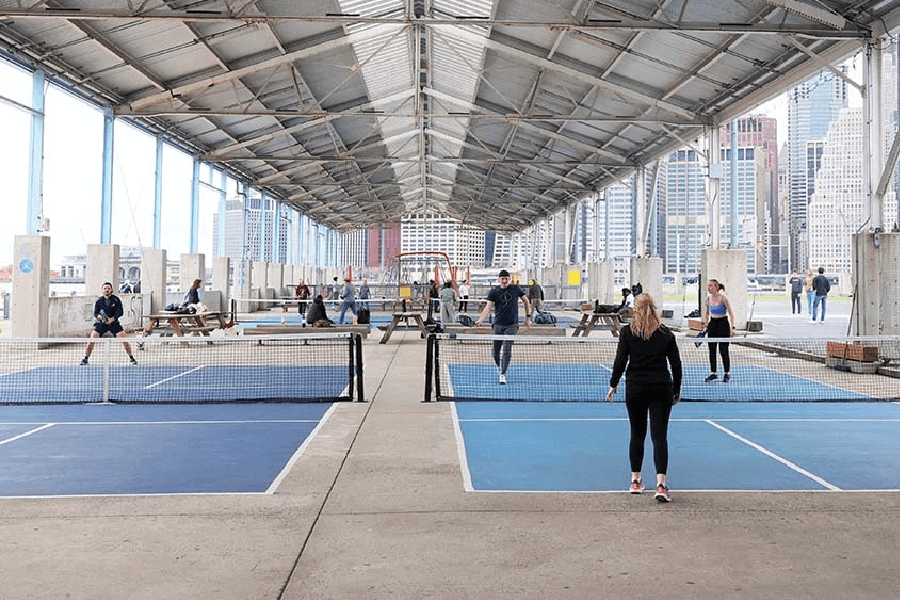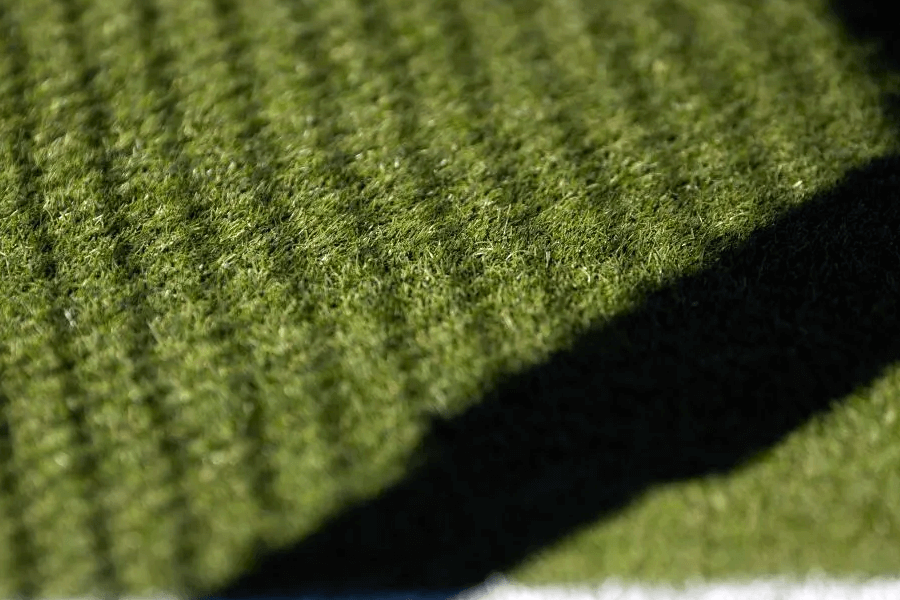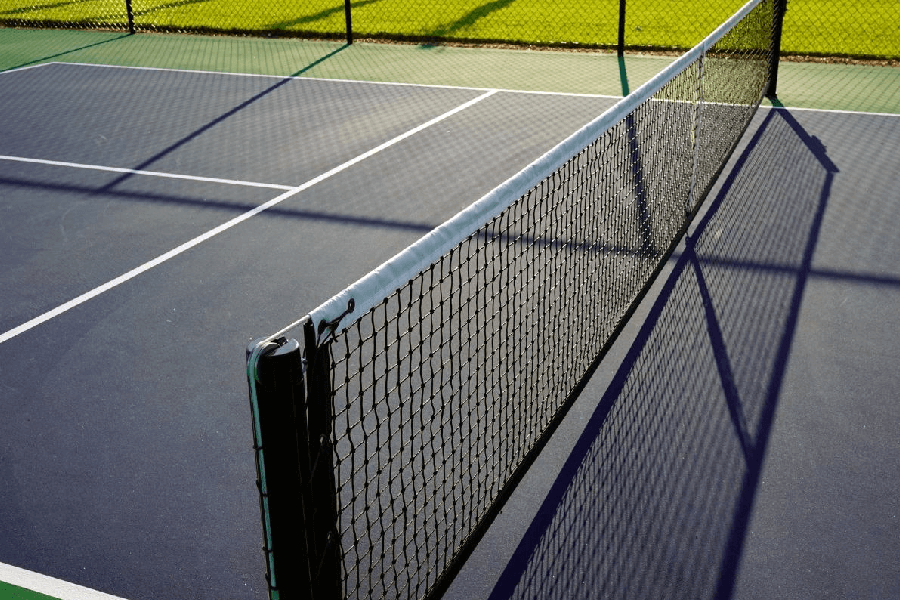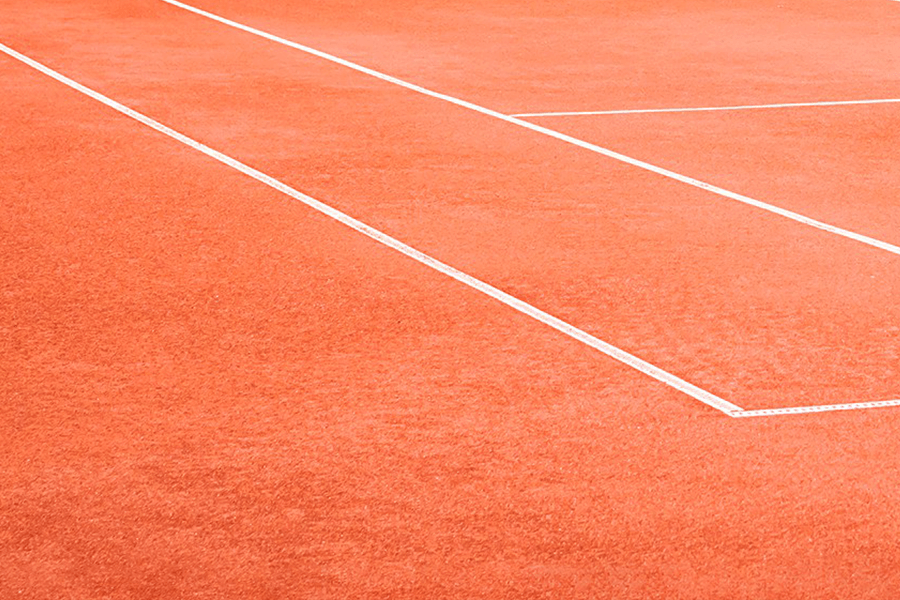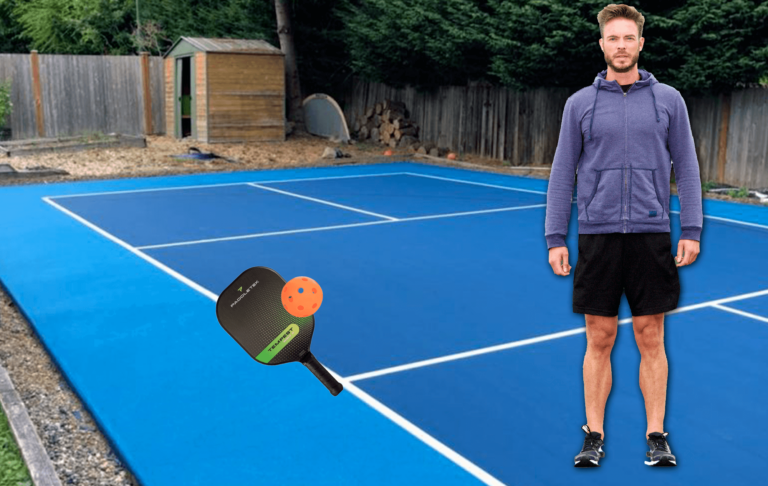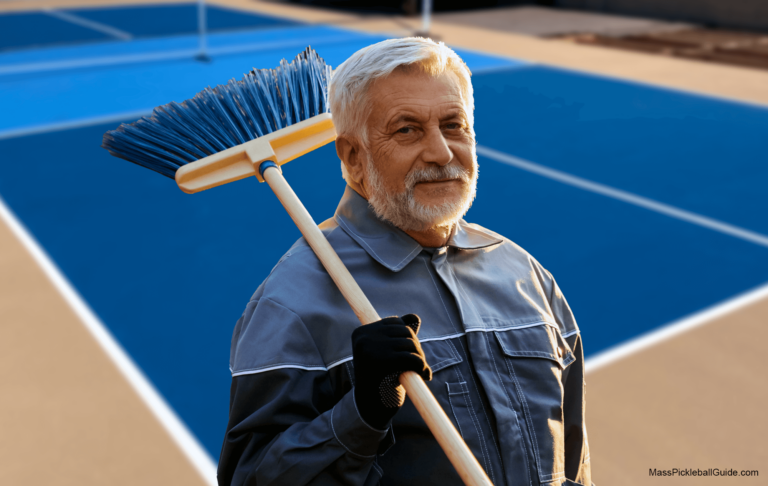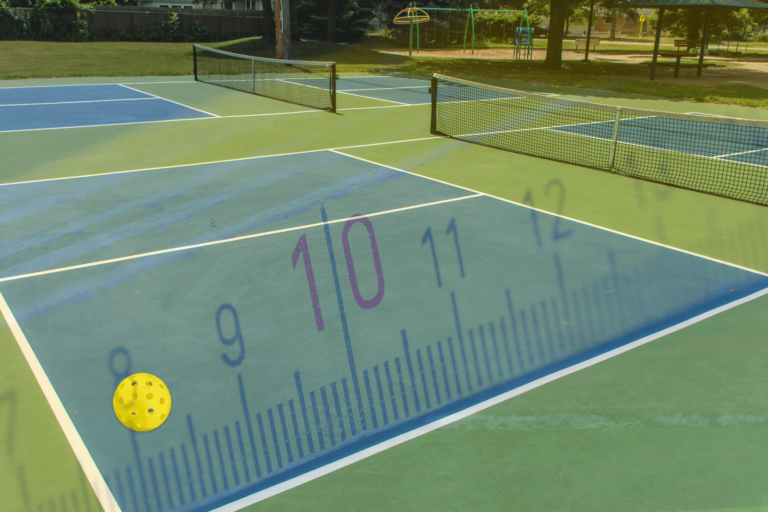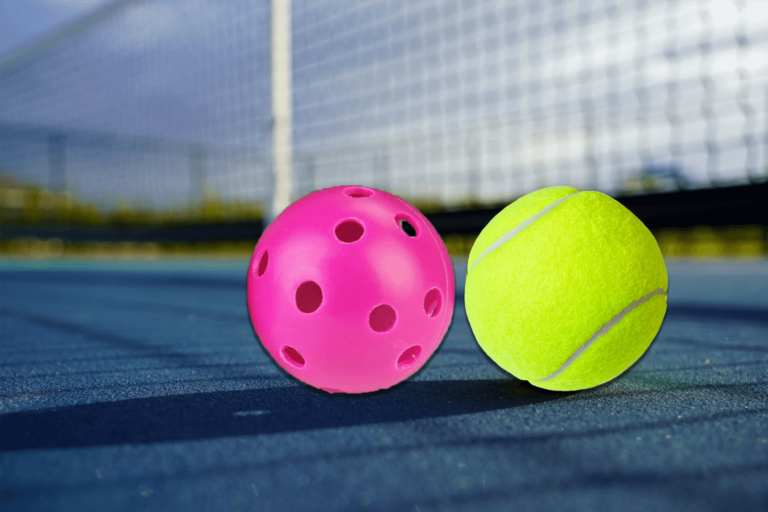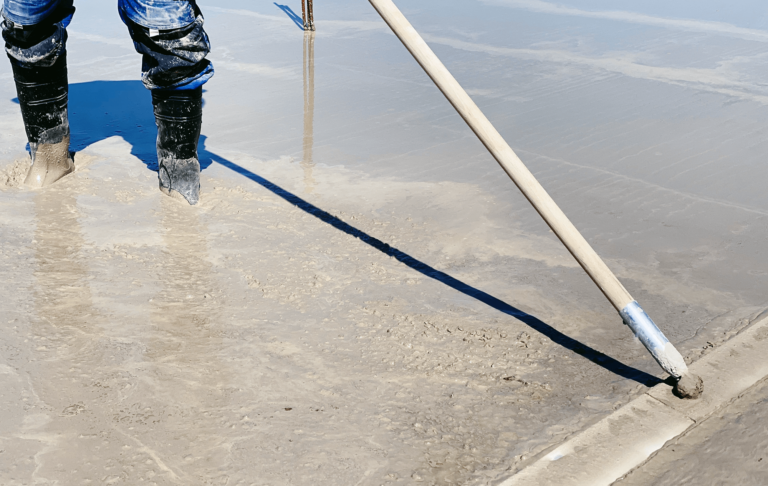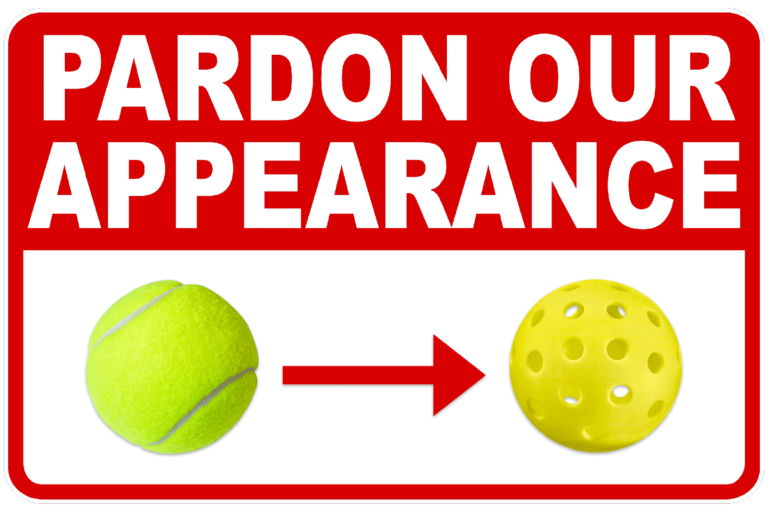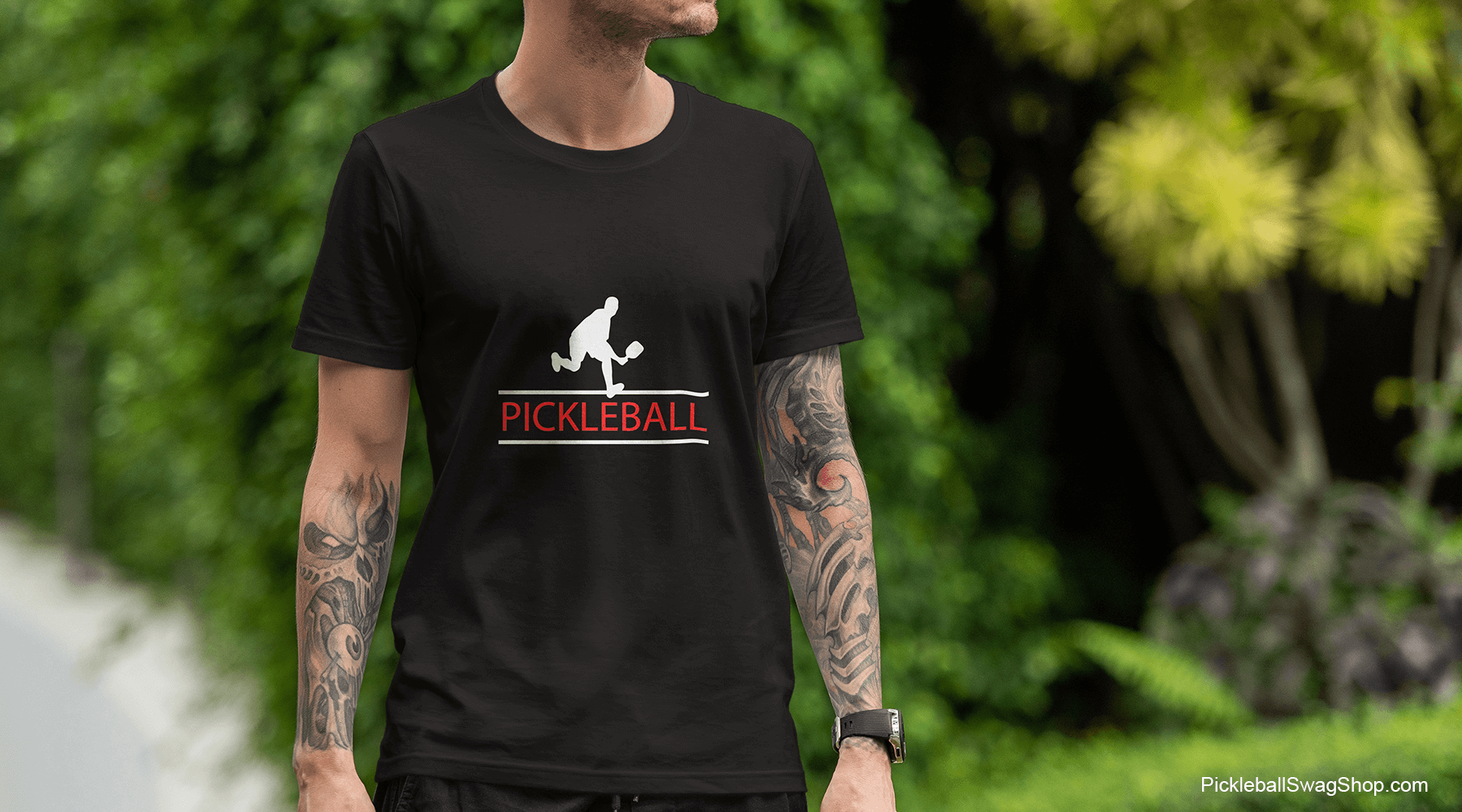Unraveling the best pickleball court surfaces for 2024
just scratching the surface…
The Best Court Surface for Pickleball: A Comprehensive Review
Pickleball is a rapidly growing sport, and with its increase in popularity, the question of the ideal court surface often comes up, especially as more tennis courts are being converted to pickleball. This article will delve into the world of pickleball courts, considering court dimensions, surfaces, and even the nitty-gritty of line details.
In this comprehensive guide, we’ll embark on a thrilling journey through the realm of pickleball courts. From the dimensions that define the playing field to the intricate details of court lines, we’ll leave no stone unturned. But the real excitement lies in exploring the various court surfaces that can make or break your game.
What is The Best Pickleball Court Surface?
Well, the depends how you define ‘best’.
Pickleball court surface largely depend on personal preference and playing style. However, considering factors such as bounce consistency, player comfort, and maintenance requirements, hard surfaces like concrete and asphalt often rise to the top for courts built or converted in 2024.
Many options for court surfaces!
Options for pickleball court surfaces range from grass to cement, with a few options in between.
Let’s break down the pros and cons of various court surfaces:
Concrete Courts
Concrete courts are very popular due to their consistent bounce and low maintenance, as long they have the proper coating(s). Players can expect the pickleball ball (is it “pickleball” or “pickleball balls”?) to behave predictably, allowing for strategic play. However, the hard surface can be tough on joints, especially knees.
- Pros: Durable, consistent bounce, low maintenance, most vendors have the capability.
- Cons: Hard on joints, higher initial installation cost.
See more at why raw concrete isn’t ideal for pickleball courts.
Asphalt Courts
Asphalt (aka hot top) courts are slightly more forgiving on the joints compared to concrete, yet they still provide a consistent bounce. Asphalt courts require more regular resurfacing, but they’re generally less expensive to install. So, you either more now (concrete) or later (asphalt).
- Pros: Forgiving on joints, consistent bounce, lower initial cost.
- Cons: More frequent resurfacing and recoating required.
Clay Courts
Clay courts, including the Har-Tru red clay versions, offer a slower game, allowing for longer rallies. They’re easier on the joints but maintaining the surface can be labor-intensive. Ideal for hotter climates.
- Pros: Slower game, easy on joints, cooler surface temperature.
- Cons: High maintenance, inconsistent bounce.
Grass Courts
Grass pickleball courts provide a rather unique experience. Not really fun, but unique. The ball bounces lower and unpredictably, creating a fast-paced, challenging pickleball match. These courts can be a fun variation but are not standard for competitive play. But who wants to go through the time and money to build a pickleball court that most dread to either play on or maintain. We’re not big fans.
- Pros: Unique gameplay, easy on joints.
- Cons: High maintenance, inconsistent bounce, not suitable for professional play.
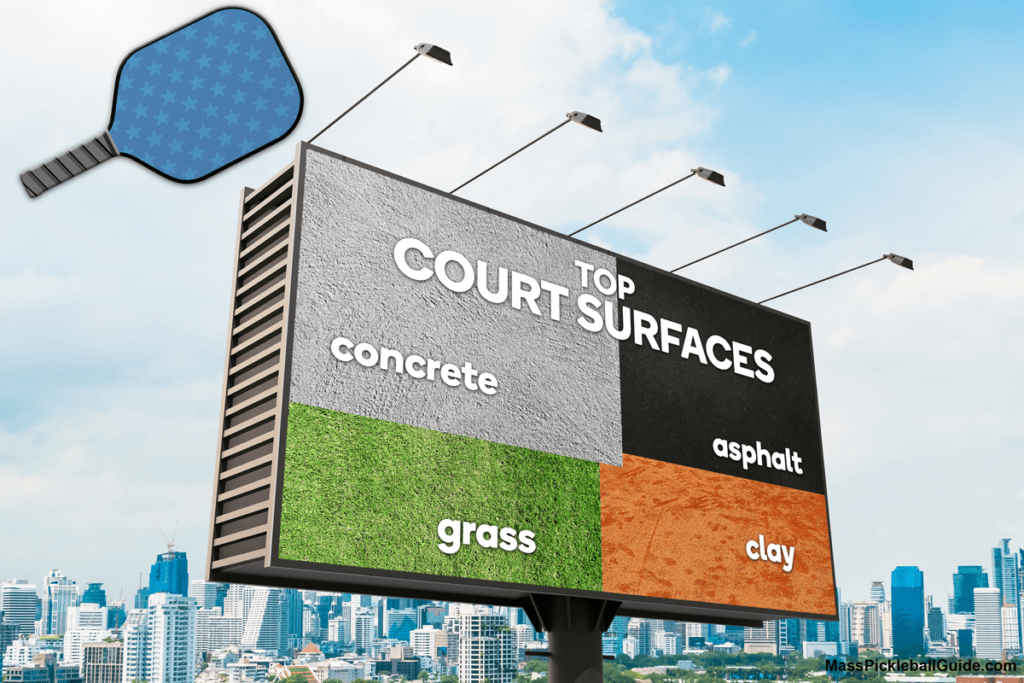
Is Asphalt or Concrete Pickleball Court Better?
Both asphalt and concrete pickleball courts have their pros and cons. For consistency in bounce and low maintenance, concrete courts have the upper hand. However, asphalt courts, with their slightly more forgiving nature on the joints and lower initial cost, are a strong contender. Asphalt courts are cheaper to install, but they may need more frequent maintenance due to weathering and cracking. Ultimately, the choice between asphalt and concrete will depend on your specific needs, circumstances and budget.
See also: Building Your Own Pickleball Court Can be an Easy DIY Project; great details outlining exactly what you need for your court.
Should You Play Pickleball on a Hard or Clay Court?
Pickleball on a hard court, such as concrete or asphalt, offers a faster game with consistent bounce, aligning with the preferences of most professional players. This ensures a predictable game, allowing players to concentrate on the game rather than worrying about an unpredictable ball.
Clay courts offer a slower game (but ever so slightly), which might be preferable for players who enjoy longer rallies or are concerned about joint stress. Knee injuries are common in pickleball, and clay courts may help with the stress. However, clay courts require more maintenance and offer less consistency in ball bounce.
Are Sport Court Tiles Good for Pickleball Courts?
Sport court tiles, or modular suspended surfaces, are great for pickleball. These surfaces provide consistent bounce, excellent traction, and can be customized for pickleball court dimensions. Additionally, they’re easier on the joints compared to concrete and asphalt courts. They also allow for easy resurfacing and can be installed over existing concrete or asphalt courts
- Shock Absorption: Sport court tiles are designed to provide a certain amount of shock absorption, which can be easier on players’ joints (i.e., knees, back, etc.) compared to traditional hard courts made from concrete or asphalt.
- Durability and Maintenance: These tiles are designed to withstand various weather conditions and are UV-resistant. They also require less maintenance compared to concrete or asphalt courts, which can crack and need frequent resurfacing.
- Quick Drainage: Sport court tiles often have a perforated surface, which allows water to drain quickly. This makes them a great choice in regions with lots of rain, as it reduces the downtime after a storm. This is key after a rainstorm – you can be playing in minutes versus drying to drain the courts via a bunch of squeegees.
- Installation and Portability: Sport court tiles for a pickleball court can be installed over many types of surfaces and can be removed or reinstalled if needed, which can be beneficial if you need to relocate the court or use the space for other activities. This is a huge selling point.
- Customization: Sport Court tiles come in a variety of colors, allowing you to customize the look of your court. Think creative: red white and blue for July 4th?
Indoor Pickleball Courts
Indoor pickleball courts are most often made of concrete. Think about most indoor courts as they are usually built in an older unused building. Indoor courts are typically lit with fluorescent lights, ensuring clear visibility for players. But, if built from the ground up, asphalt courts are still a strong contender.
Conclusion
While there is no definitive ‘best’ pickleball court surface, different pickleball surfaces and coatings offer unique advantages. Whether you’re playing on a makeshift court, or even converting a tennis court, consider the specific requirements and benefits that each surface provides.

